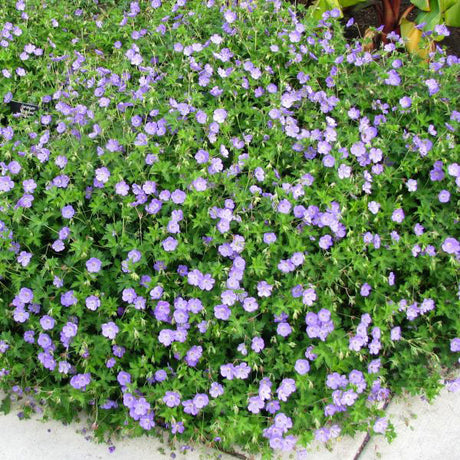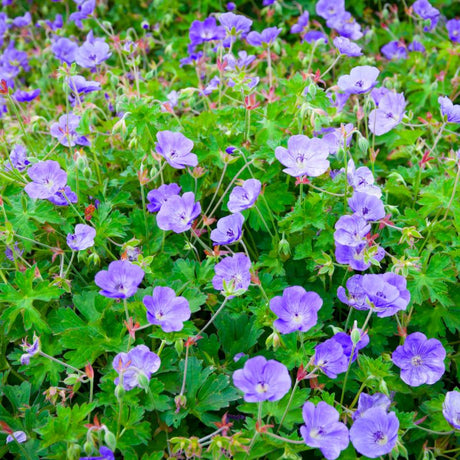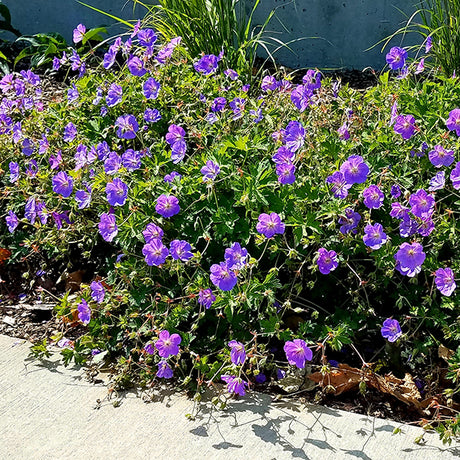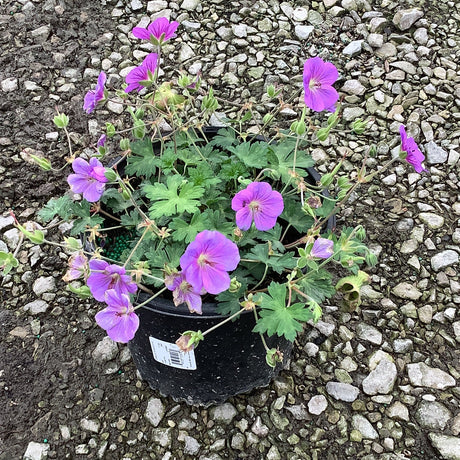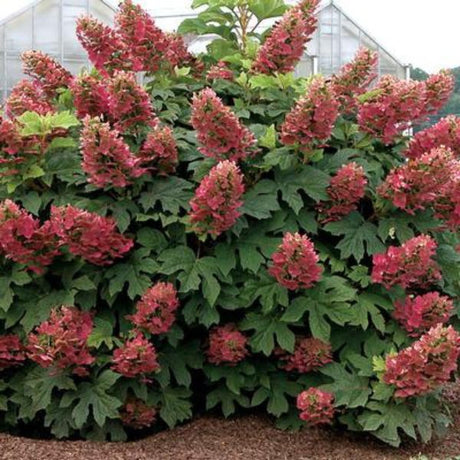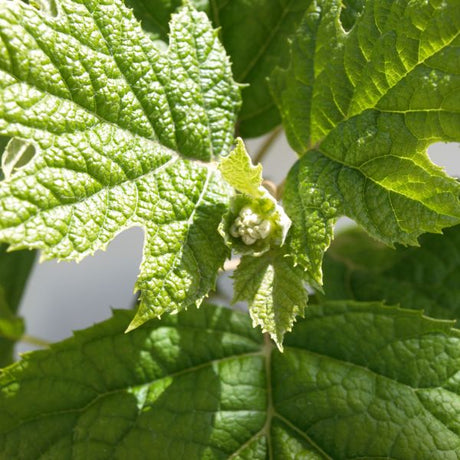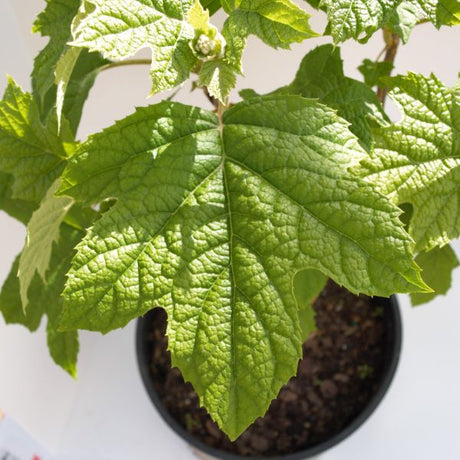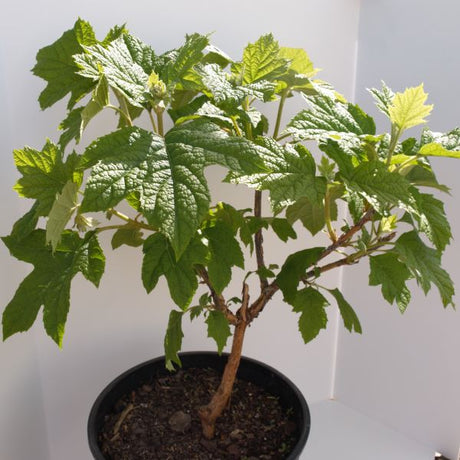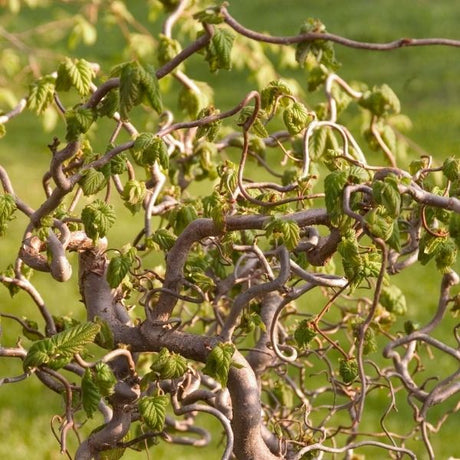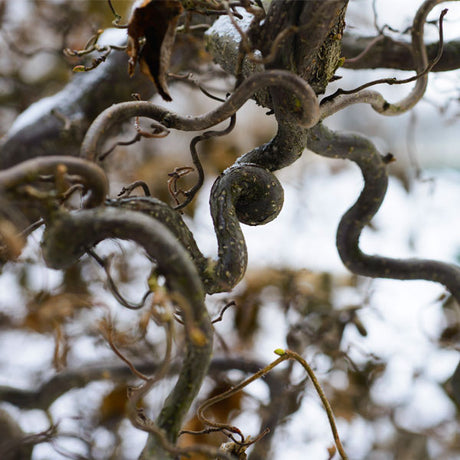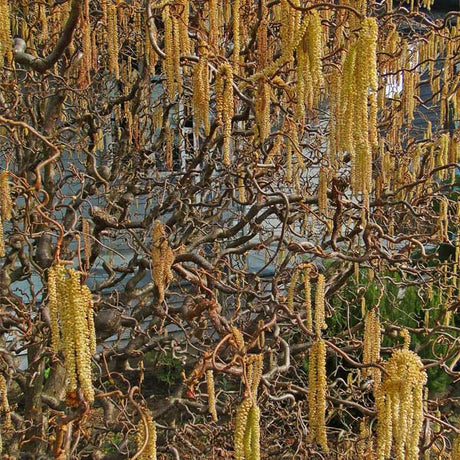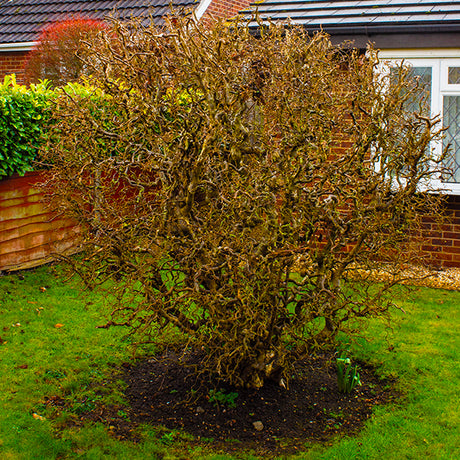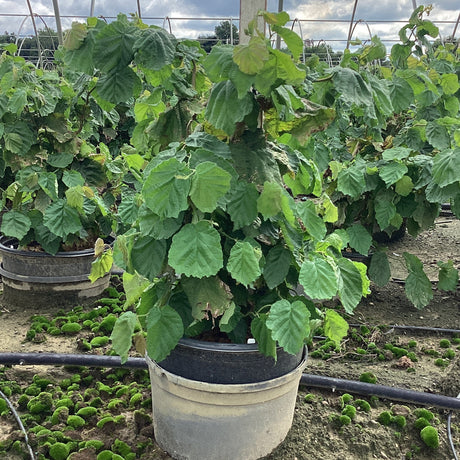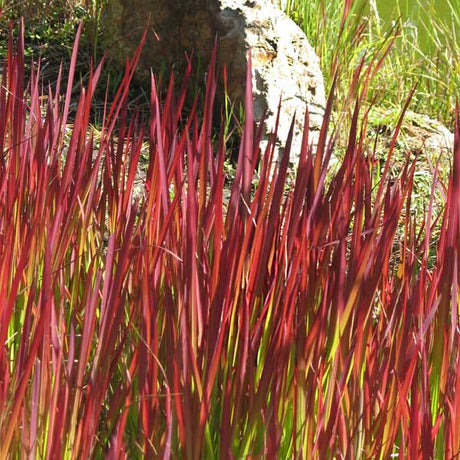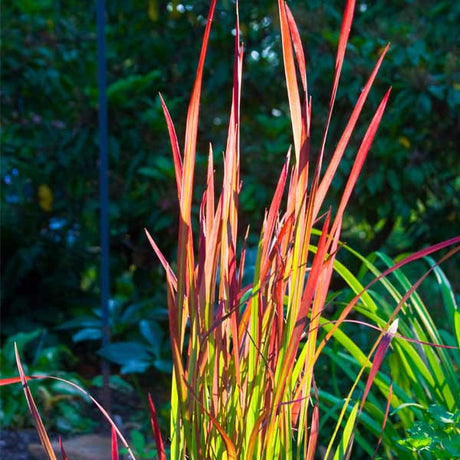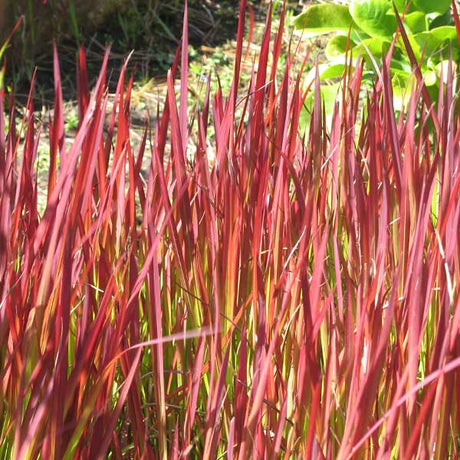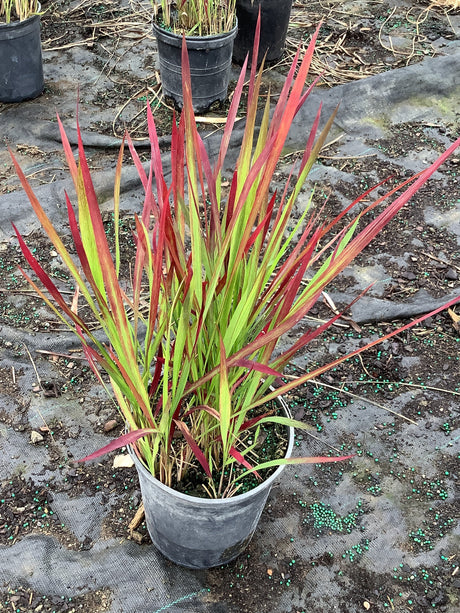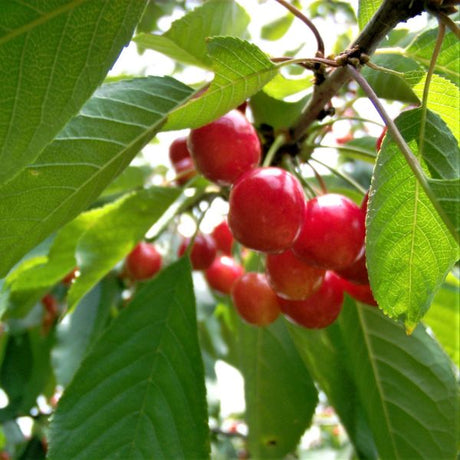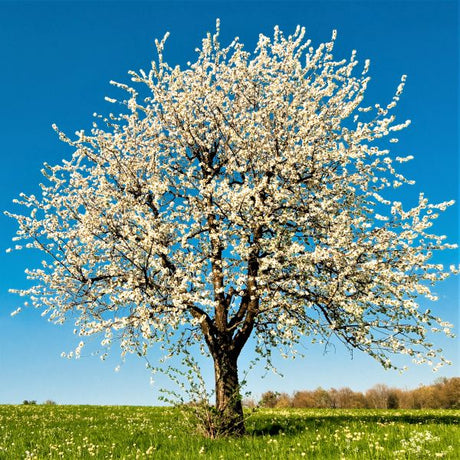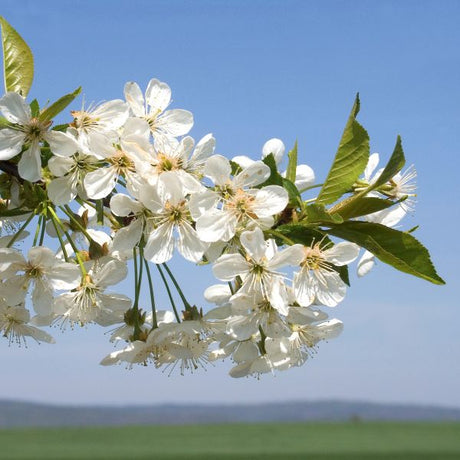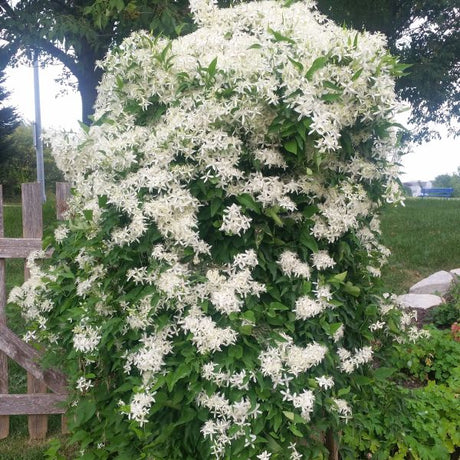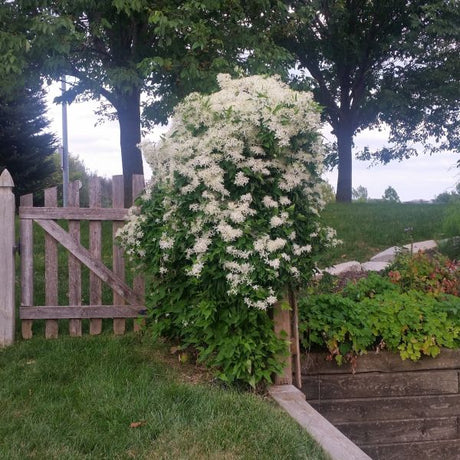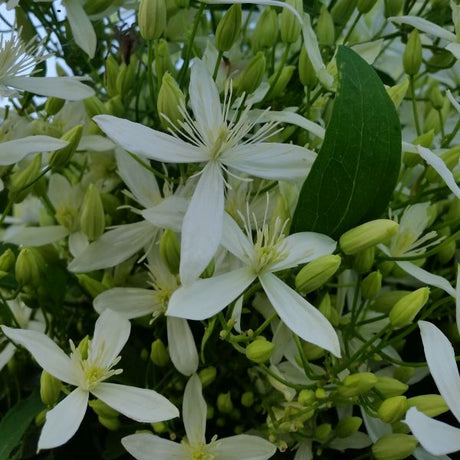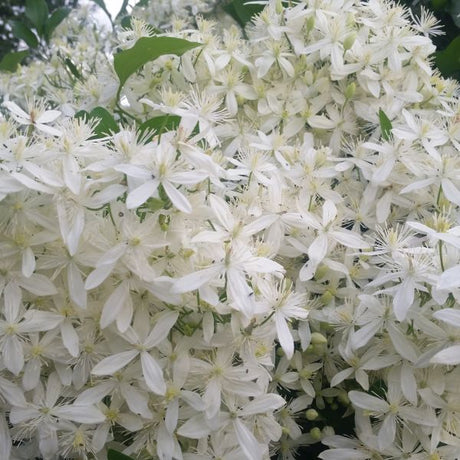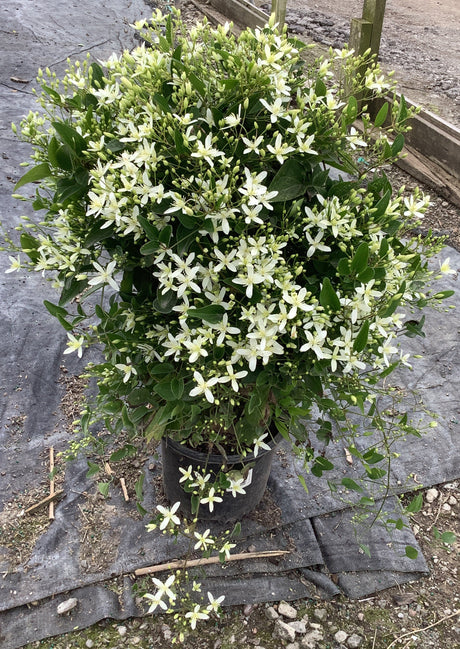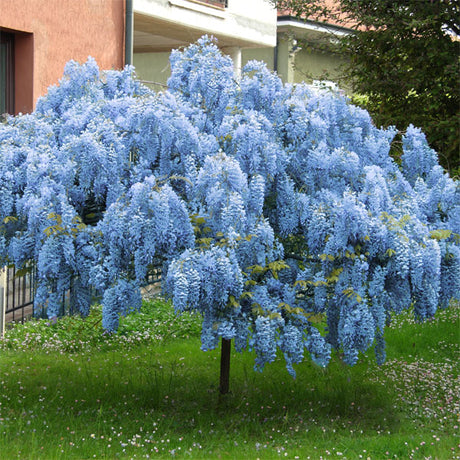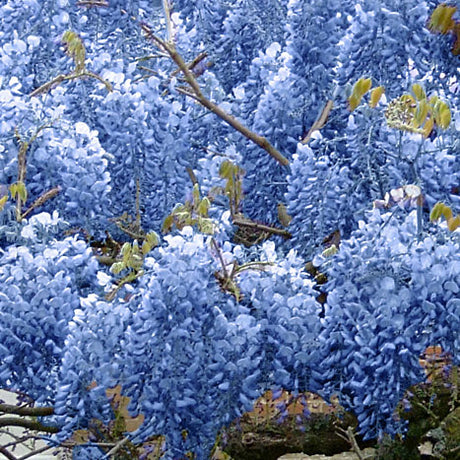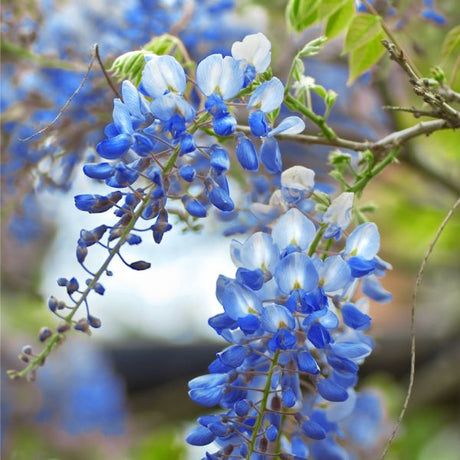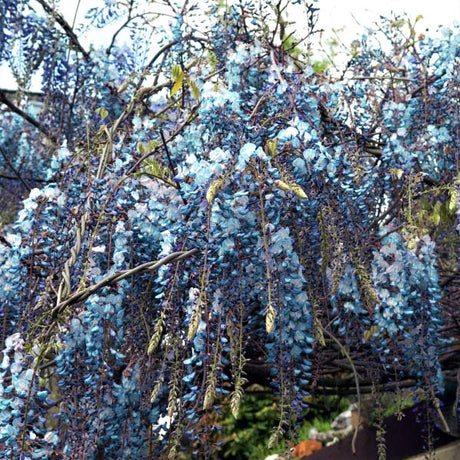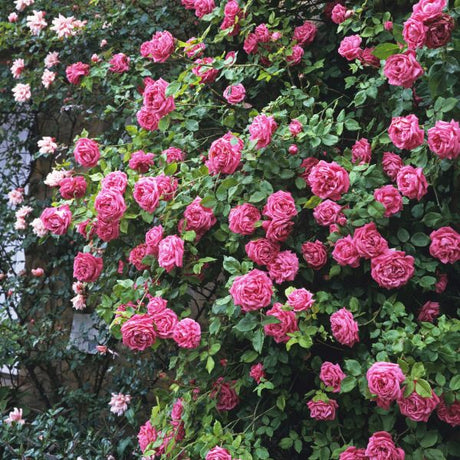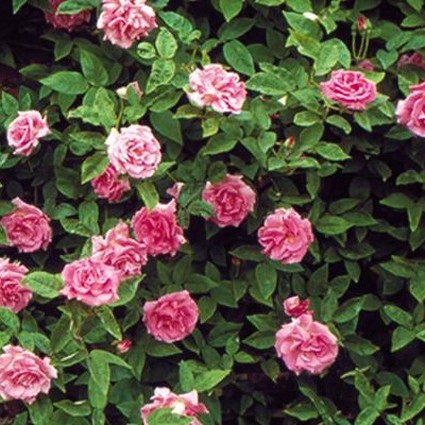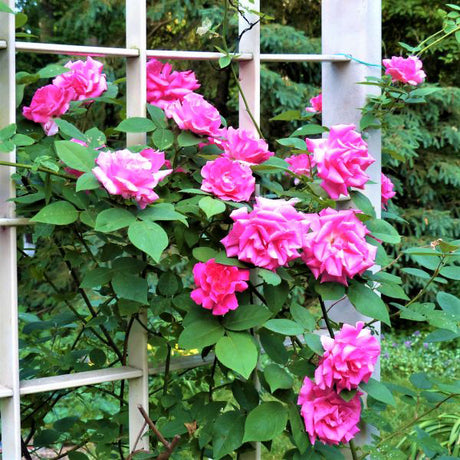Growing fruit from home opens up a brand new world of possibilities. Pies, jams and a variety of health benefits are only seasons away! However, potential growers need to make sure their fruit producers can survive long enough to bear fruit first!
Colder climates can be rough on many fruit trees and bushes, resulting in diminishing harvests from damage done over the winter. Fortunately, many fruit trees aren’t limited to warmer climates alone. There is a variety of fruit trees that can handle heavy cold while also producing fresh fruit before the cold kills the product.
Growing fruit in a cold climate can be hard, but Nature Hills has you covered. Within this blog are a few examples that can handle the cold nights and winters of USDA zones 3 and 4.
How Cold is Your Climate?
Before we go in-depth on these two zones, it is important to know how dangerously low temperatures can get. Areas within hardiness zone 3 contain some of the lowest winter temperatures possible in the United States.
Trees and other plants that grow in this area need to be able to handle both consistent and surprising cold weather in order to survive long term. Growing zone 4 doesn’t have as high of a risk of subzero temperatures.
This is in part why there are more fruit trees safe to grow in this zone, as trees here get their required chill hours with less risk of extreme temperatures ruining their sensitive buds.
The difference in temperature between zones 3 and 4 is surprisingly drastic, so don’t try to push your luck without doing plenty of research on your zone.
Many fruit trees and certain flowers need a drop in temperature (chilly, but still slightly above freezing) to go dormant before waking up again. Certain varieties of trees need a higher minimum total of cold hours to grow to their full potential.
For more accurate information on your area’s estimated chill hours, you can reach out to your local Ag Extension service.
Something to keep in mind is that fruit trees in particular can be especially susceptible to cold temperatures during their growing season.
Intense cold can cause damage to fresh blooms which result in the loss of that season’s crop. The sudden death of these new blooms could result in a lack of growth during the next season or even permanently.
Zone 3 is much colder than southern zones, especially during the winter. All it takes is a warm winter day paired with a sudden cold snap to completely ruin a potential harvest. Be sure to know just how low the temperature can drop in your area before ordering your own trees.
Preparing Your Trees for Cold Snaps
Sometimes nature throws a curveball, resulting in weather phenomena harmful to certain plants. Droughts can be abated with a few minutes behind a hose every so often, but cold snaps are a different story.
Devastating cold is harsh on many plants, but with a few steps of preparation it can be survived. As the warmer months begin to turn cold, start to pay attention to weather forecasts.
One way to protect your younger trees from frost damage is to wrap them in tree wrap. Commonly made of thick paper or burlap, tree wrap helps to protect the trunk of your tree from cold exposure.
Dark mulch or bare dirt around the base of the tree is also beneficial, as both do a great job of soaking in and keeping warmth during colder seasons.
In certain situations draping a tarp or canvas over your tree is the best solution. The dense material should be covering the entire plant as well as the ground at its base. This should help the dormant plant retain the earth’s natural heat and prevent serious damage.
It’s important not to panic if your tree does receive some cold damage. Cold damage almost always looks worse than it actually is at first glance. Only when your trees start to grow again will the damage start to show.
Examples of Cold Hardy Fruit Trees
Among some of the more hardy fruit tree varieties are plum, apple, and cherry trees. Northern growers can still save a trip to the grocery store in favor of their own fruit plant.
Those interested in trying will be delighted in the selection available on our online store. Some cold climate trees of note are:
Empire Apple (Malus ‘Empire’) - A mix of the Red Delicious and the Macintosh apples, the Empire Apple Tree has quality proven by its heritage.
Honeycrisp Apples (Malus ‘Honeycrisp’) - One of the most beloved apples for its taste, the extremely cold hardy Honeycrisp Apple Tree is a must-have for any fruit orchard.
Gravenstein Apple (Malus ‘Gravenstein’) - Greenlit to grow in even the harsh cold of growing zone 2, the Gravenstein Apple is resilient enough to withstand many frigid winters.
Cox Orange Pippin Apple (Malus Domestica ‘Cox Orange Pippin’) - Widely regarded as one of the best dessert apples, the Cox Orange Pippin Apple Tree is best harvested in the middle of fall.
Romeo (Prunus ‘Romeo’) and Juliet (Prunus ‘Juliet’) Dwarf (Sweet) Sour Cherries - The pollination pairing of the Romeo Dwarf Cherry Tree and the Juliet Dwarf Cherry Bush is a love story worthy of Shakespeare. These cherry blossoms bloom in the early spring, advertising the sweet cherries only a few weeks away from harvest.
Montmorency Cherry (Prunus cerasus ‘Montmorency’) - The Montmorency Cherry Tree (Prunus cerasus ‘Montmorency’) produces fruit that many consider the best for any cherry pie recipe.
Burbank Plum (Prunus Salicina) - A mid-season ripener with rich taste, the Burbank Plum is endorsed by master plant breeders and is easy to care for.
Superior Plum (Prunus ‘Superior’) - Superior Plum Trees has abundant and consistent harvests. This tree is also known for its ability to survive at high altitudes.
Toka Plum (Prunus ‘Toka’) - The Toka Plum Tree has earned the nickname “Bubblegum Plum” due to its sweet, bubblegum-scented fruit.
Pot Planting Warm Weather Trees
Northern natives desiring tropical fruits will be relieved to hear that some citrus fruits can survive zones 3-4 if they are brought inside during the winter months. For more information on potted citrus trees, read our garden blog post here.
Other warm weather fruit trees such as pear or peach trees can be grown, but be sure to do plenty of research before attempting planter growing. Nature Hills has a selection of popular potted fruit trees.
Another article we have on our varied stock perfect for porch planters is available to read here.
Growing fruit trees is rewarding, but can be daunting to new growers. But if you stick to the plants that do best in your climate, you can be growing your own food in no time.
Happy Gardening!


